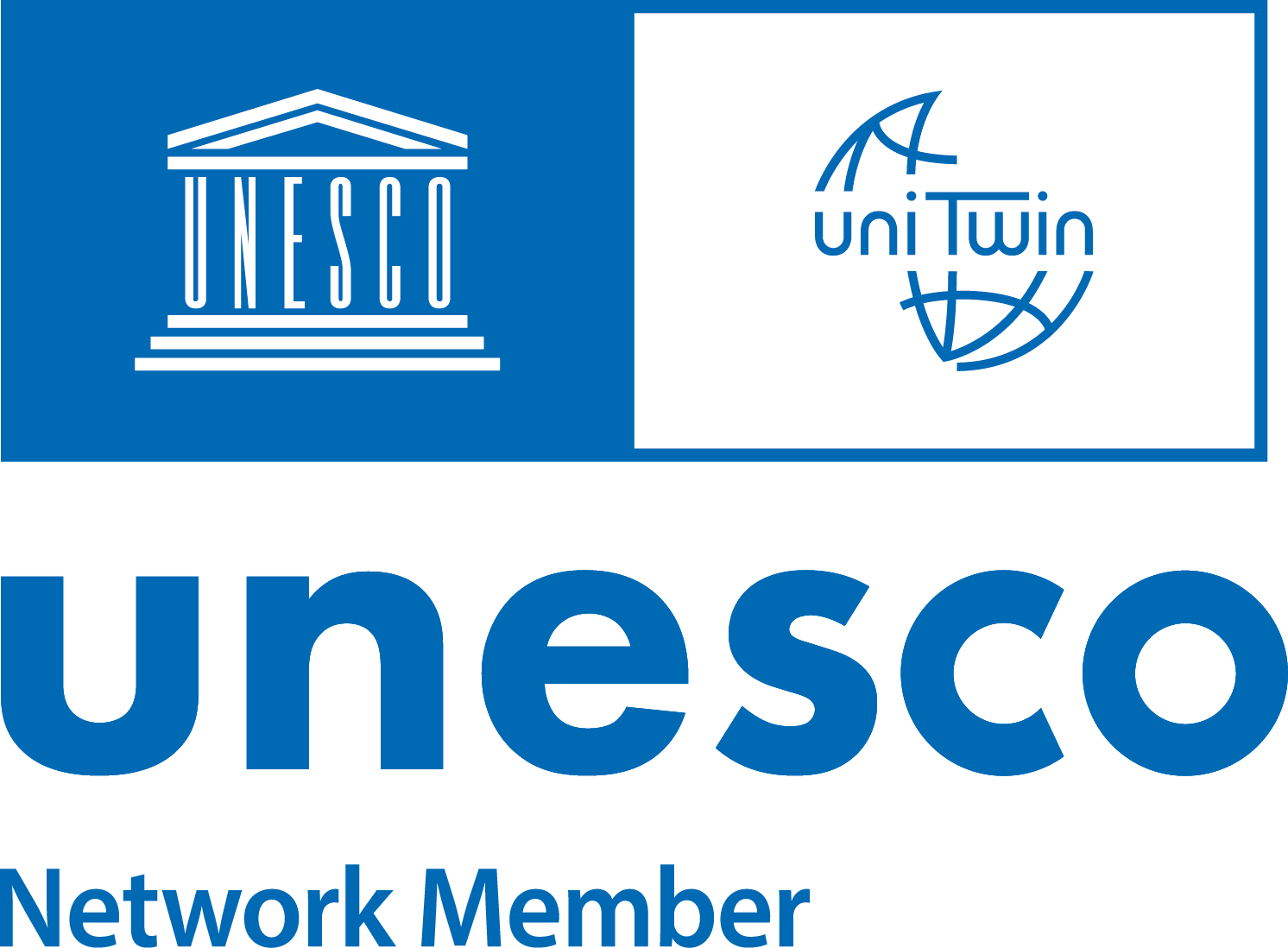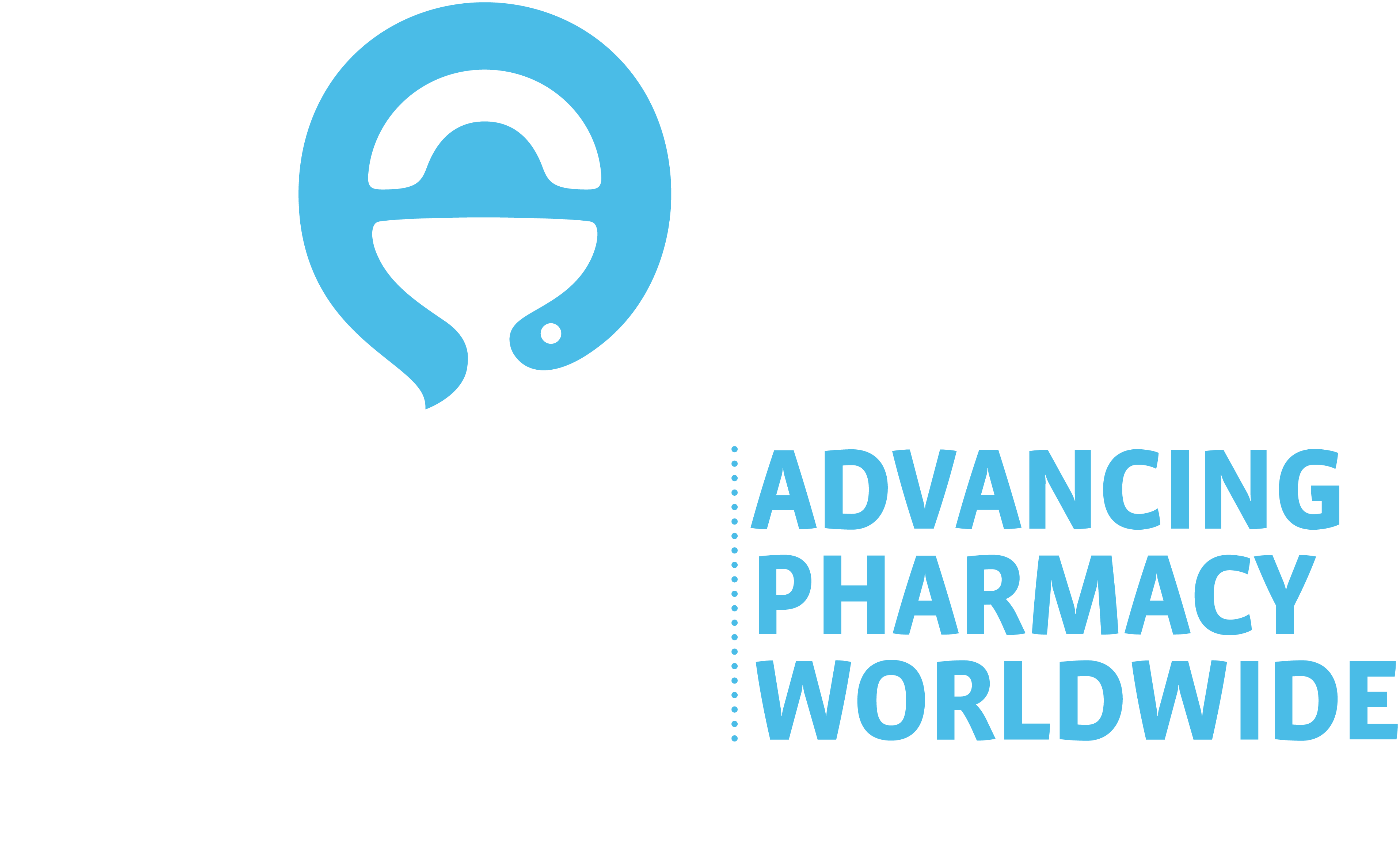Regulations of the distribution of pharmaceutical services (pharmacies) locations in Indonesia: A review
DOI:
https://doi.org/10.46542/pe.2023.234.274278Keywords:
Healthcare, Health system, Pharmacy regulationAbstract
Background: Regulations for managing the distribution of pharmacies have been established in several countries, including Indonesia. The guidelines for establishing pharmacies have been published at some levels of government. However, the location of pharmacies in Indonesia is still uneven.
Objective: to observe the regulations for determining the location of pharmacies in Indonesia
Method: This paper documents several rules issued by the government, food and drug regulatory agencies, and pharmacists’ professional organisations that are related to the distribution of pharmacies in Indonesia.
Result: There were no specific regulations governing the location of pharmacy distribution in Indonesia. Elaboration of laws about location distribution only regulates environmental waste management.
Conclusion: The three factors that make it possible to improve the accessibility of pharmacies in Indonesia are 1) regulation of pharmacy ownership; 2) space between pharmacies; and 3) incentives for pharmacies in remote areas
References
Cipolle, R.J., Strand, L.M., & Morley, P.C. (2012). Pharmaceutical care is a professional practice for patient-centred medication management services. In Pharmaceutical Care Practice - The Patient-Centered Approach to Medication Management. https://accesspharmacy.mhmedical.com/content.aspx?bookid=491§ionid=39674899
England Department of Health. (2016). Community pharmacy in 2016/17 and beyond the pharmacy access scheme (PhAS). October.
Hermansyah A, Wulandari L, Kristina S.A., & Meilianti S. (2020). Primary health care policy and vision for community pharmacy and pharmacists in Indonesia. Pharm Pract (Granada), 8(3), 2085. https://doi.org/10.18549/PharmPract.2020.3.2085
Kelling, S.E. (2015). Exploring accessibility of community pharmacy services. Innovations in Pharmacy, 6(3). https://doi.org/10.24926/iip.v6i3.392
Levesque, J.F., Harris, M.F., & Russell, G. (2013). Conceptualising access at the interface of health systems and populations. International Journal For Equity in Health, 12(18), 1–9. https://doi.org/10.1186/1475-9276-12-18
Menteri Kesehatan Republik Indonesia. (2002). Decree of the Minister of Health of the Republic of Indonesia Number: 1332/MENKES/SK/X/2002. (23).
Menteri Kesehatan Republik Indonesia. (2017). Regulation of the Minister of Health of the Republic of Indonesia Number 9 Year 2017 about Pharmacy. Permenkes RI, 1–36.
Pechansky, R., & Thomas, J.W. (1981). The concept of access: Definition and relationship to consumer satisfaction. Medical Care, 19(2), 127 https://doi.org/10.1097/00005650-198102000-00001
Pemerintah Republik Indonesia. Republic of Indonesia Government Regulation Number 26 Year 1965 about Pharmacy.
Pemerintah Republik Indonesia. (1980). PRepublic of Indonesia Government Regulation Number 25 Year 1980. 1–5.
RI, M. K. (1993). Minister of Health Regulation Number 922/MENKES/PER/X/1993 concerning Provisions and Procedures for Granting Pharmacy Licenses (244).
Sasanti Handayani, R., & Gitawati, R. (2009). Pharmacy consumers' perceptions of pharmacy services in three cities in Indonesia. Makara Kesehatan, 13(1), 22–26.
Setiawan, C.D., Wibowo, A., & Athiyah, U. (2022). Pharmaceutical service facilities (pharmacy) are mapped based on geographic information in Surabaya. Pharmacy Education, 22(2), 60–65 https://doi.org/10.46542/pe.2022.222.6065
Todd, A., Copeland, A., Husband, A., Kasim, A., & Bambra, C. (2014). The positive pharmacy care law: An area-level analysis of the relationship between community pharmacy distribution, urbanity and social deprivation in England. BMJ Open, 4(8), 1–8 https://doi.org/10.1136/bmjopen-2014-005764



